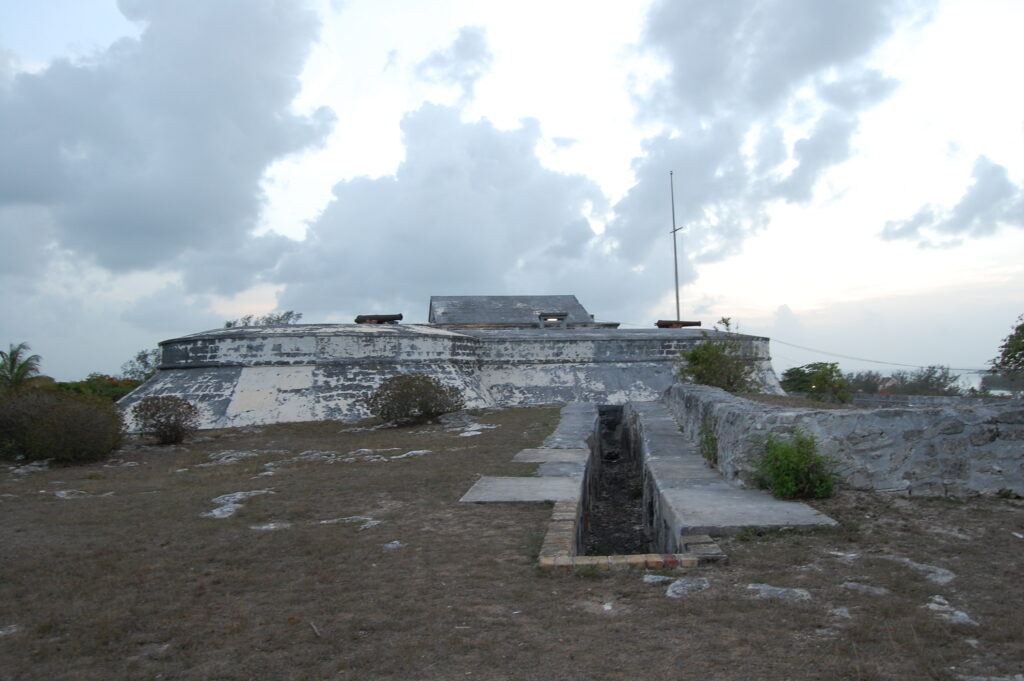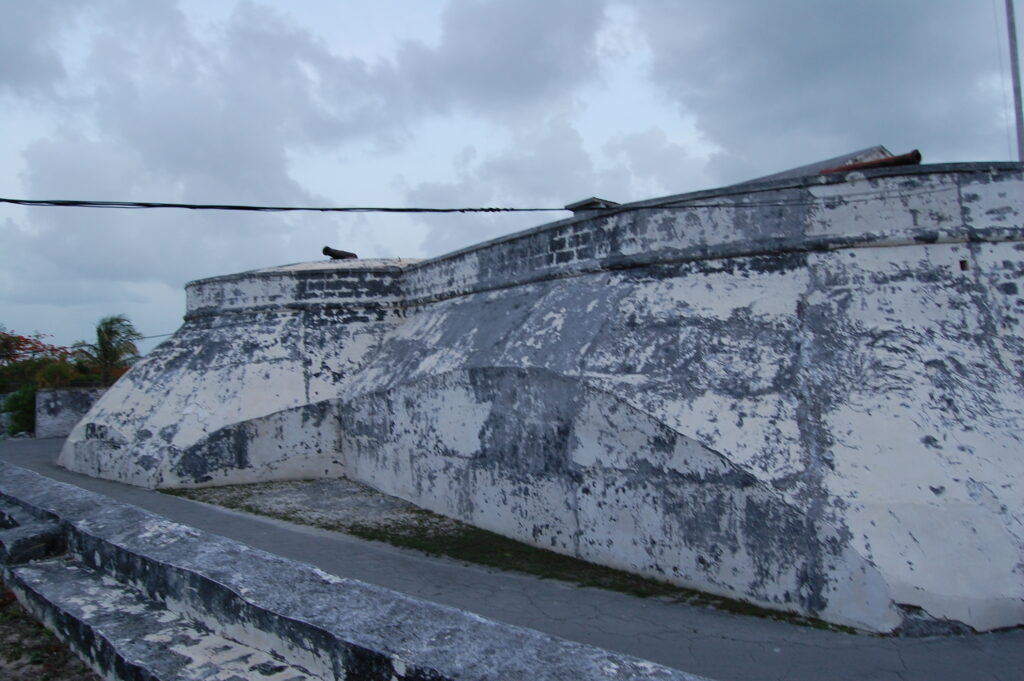Built by Lord Dunmore, possibly named after his wife, sitting atop a hill on a 100 acre plot, carved out of lime stone by enslaved Africans, designed with a waterless moat and never saw battle, its design may have been a blunder for the governor and now sits as a prominent historic site on New Providence sums up Fort Charlotte.
Who built Fort Charlotte?
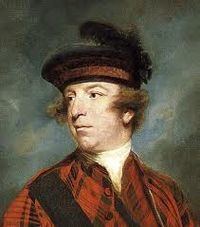
Fort Charlotte was built by Lord Dunmore. His full name and title was John Murray, 4th Earl of Dunmore. History denotes Lord Dunmore as a bit paranoid and eccentric obsessed with the thought that European sea marauders will again attack the capital of his governorship.
So convinced of this plot he commissioned the building of Fort Charlotte along with Fort Fincastle to establish a strong hold to protect the city of Nassau.
Where is Fort charlotte Located?
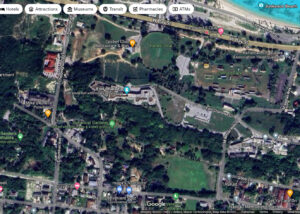
Fort charlotte is located on the Island of New Providence also called Nassau, in the Bahamas. The fort is within a 10 minute walking distance heading west from downtown Nassau and south of the world famous Fish Fry.
Walking or driving from West Bay Street it is easy to see a large parcel of land with a few modern buildings but originally it all was dedicated to the military stronghold known as Fort Charlotte
The fort is nestled snugly atop of an overlooking hill with a great view of the entrance to the Nassau Harbour between New Providence and Paradise Island.
It’s coordinates are 25°04’37.0″N 77°21’31.0″W and is roughly 1.2 miles west in a direct line from Rawson Square.
Why was the Fort built?
Because of its strategic location for the protection of the city of Nassau.
Fort Charlotte is able to overlook the entrance to the harbour that allows access to the city of Nassau and protect the city from any invaders that attempted an attack on the city from the west.
If you consider military strategy, on the island and the best way to protect the capitol. Fort Montagu is located on the eastern end of the harbour protecting that entrance hence it would make strategic sense to protect the western entrance to the harbour.
Combine this ridged fortress with Fort Fincastle atop Bennett’s Hill and you have protection at both entrances to the harbour and a third fort that overlooks the city to be used as a last resort if the enemy breaks through their initial defenses.
Strategically speaking the best point of attack is the eastern harbour however along with Fort Montagu there were military batteries set up on Paradise Island then known as Hog Island and again on the now Potters Cay dock. Cannons are still there today.
Its good to note that Fort Nassau, now the British Colonial Hotel was used as a military strong hold to protect the city from the west , however frequent attacks prove that the fort was just to close to the city and it was over ran and eventually destroyed.
Fort Charlotte would give persons in the city a fighting chance while holding off any sea faring marauders that dare to attempt an attack from the west.
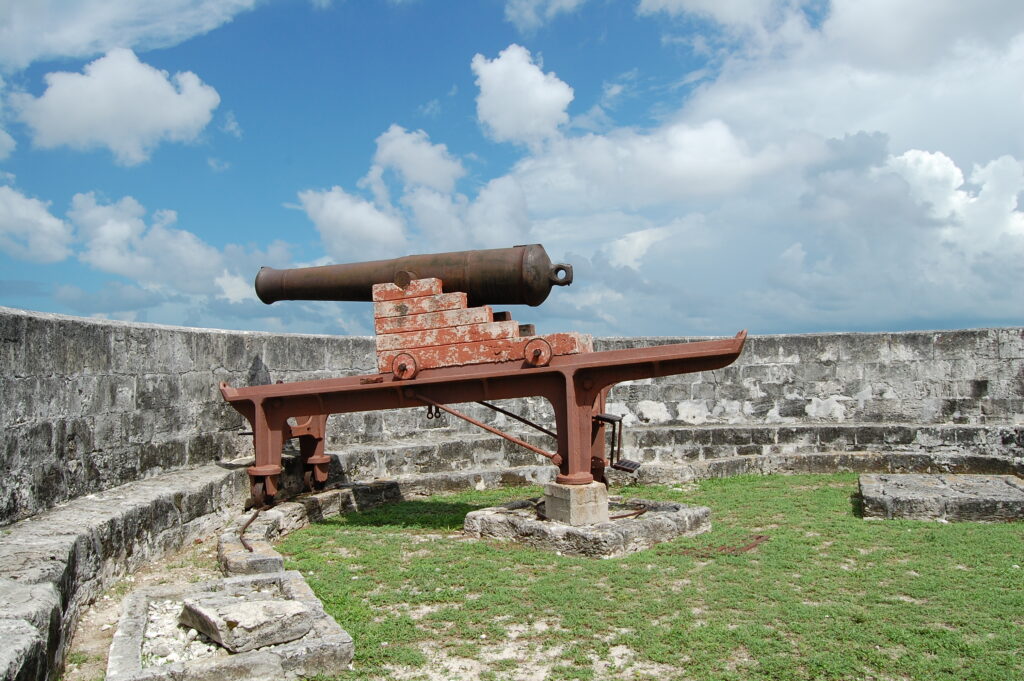
Who attacked Fort Charlotte?
History notates that Fort Charlotte has never fired a shot in defense.
From this information we can surmise that either the fort was so formattable that attackers preferred not to test its mettle or by the time the fort was ready for battle the Crown had a firm grasp on sea faring attackers.
Either way Fort Charlotte was built to protect the harbour and the city and was ready for seize warfare or long range cannon or fire arm battles.
History of Fort Charlotte
This fort was commissioned by Lord Dunmore during his governorship on the island of New providence between 1787 to 1796. There are lots of dates stating that the fort was built on this or that date but infact the fort was built over a period of 30 years.
The name of the fort seems to be a mystery. Fort Charlotte may have gotten its name as a personal tribute to the wife of England’s King George’s III – Queen Saharia Charlotte as you may find on many other websites but it could have also been named after Lord Dunmore’s wife’s
Dunmore’s wife name was Lady Charlotte Stewart. She was the daughter of Alexander Stewart, 6th Earl of Galloway.
Either it was to appease the crown or his wife as he was hell bent on building the fort which eventually was seen as a waste of time, effort and money as the attack he planned for never happened.

Design of the Fort
The fort may have easily met with budget over runs however because it was built by slaves, the cost was limited to the free labour.
The fort was carved out of the limestone rock that not only makes up the hill but pretty much every island in the Bahamas. This seemed to be a strategy by Dunmore as all his buildings were carved from the limestone.
There was a waterless moat that spanned between 20 and 50 in various places that separated the fort from the hill. It is said that the moat may have been filled with spikes and other items that would make it difficult to traverse.
There was a main entrance that required a wooden bridge to gain access to the fort. Inside there is a well that was also hand dug over 100 feet deep to reach the islands underground brackish to fresh water.
Vents were carved throughout the complex and quarters were established. Cannons mounted the walls all pointed at the harbour entrance.
More than one fort.
What is also interesting to note is that the structure that is standing today is not just one fort but three forts in total that were all built at different times.
Subsequent years after Lord Dunmore, two additional forts were added to the Fort Charlotte structure. These two smaller forts were fort D’Arcy and Fort Stanley which together with Fort Charlotte made it a formidable form of defense for the western end of the Nassau harbour.
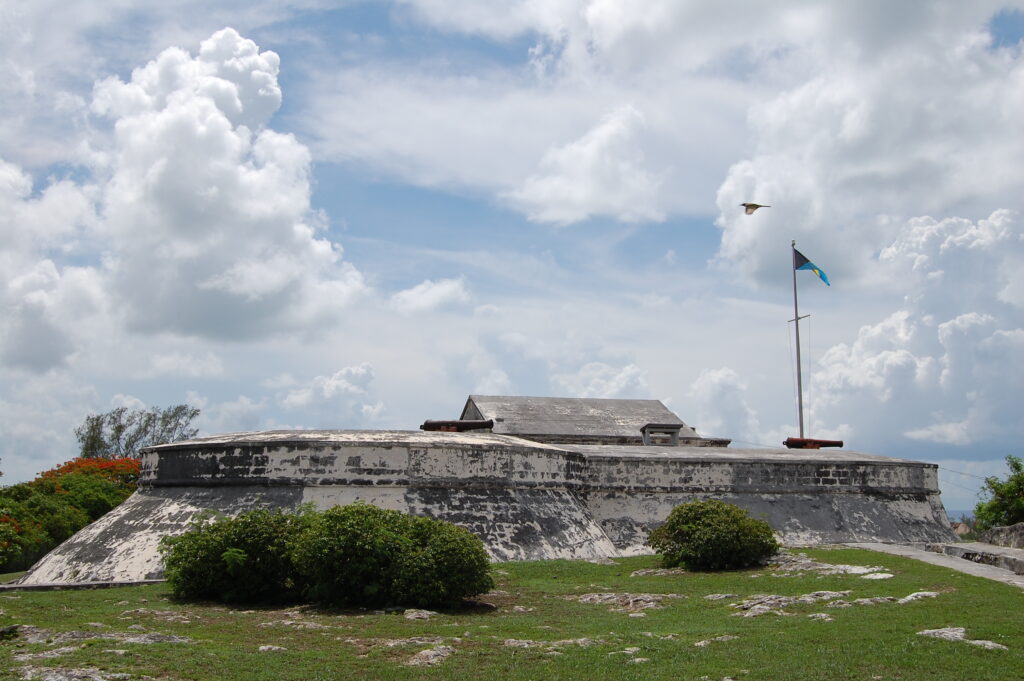
How to visit Fort Charlotte?
This Fort is open to the public for nominal fee of which you will be able to see the view of the harbour that cannot be seen anywhere else on the island. The fort is also maintained by the The Antiquities, Monuments & Museum Corporation (AMMC)
Hours: Open Sunday to Saturday 8:00 a.m. – 4:00 p.m. and Holidays
Admission: Non-residents: Adults $5.50, Children 6-12 $ 2.20, Children 5 and Under Free
Residents: Adults $3.30, Children 6-12 $1.00, Children 5 and under free

After walking across a wooden bridge over a water-less moat there are local tour guides to take you through upper and lower portions of the fort including its dungeons and underground passages. I find the tour guides information of the location valuable as a self tour would have not been as lively.
On a side note few of my world friends and fans have tried to correct me on the spelling of the word harbour, I have to remind them I am Bahamian and was brought up under the British thus we spell it with a U.
